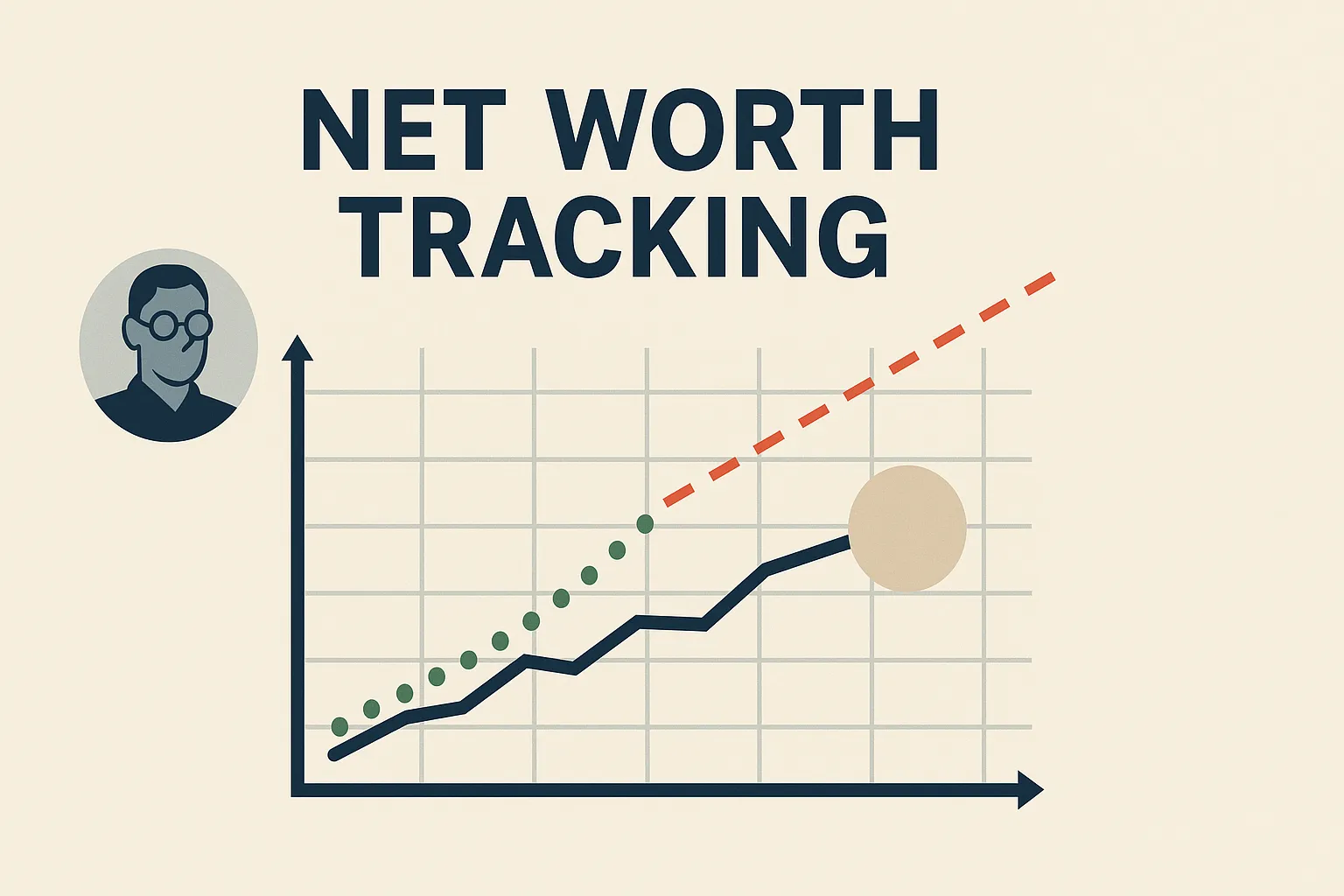Is Social Security Considered Passive Income?

Managing your finances, especially in retirement, can sometimes feel overwhelming. Many retirees rely heavily on Social Security benefits, but understanding how they fit into your income mix—and whether they count as passive income—can be confusing. Let’s dive into this topic and address common questions in a straightforward way.
Key Takeaways
- Social Security benefits are not classified as passive income; they are considered earned benefits.
- Passive income, such as rental income or dividends, comes from investments or activities requiring minimal ongoing effort.
- Understanding the distinction helps with tax planning and understanding how Social Security integrates with other income sources.
What Is Passive Income?
Passive income is money that keeps coming in without you having to do much ongoing work. Here are a few examples:
- Rental Income: Money you make from renting out properties.
- Dividends: Payments you get from stocks or mutual funds.
- Royalties: Earnings from things like books, music, or other creative works.
This type of income is different from wages or salaries, which require active effort.
Why Isn’t Social Security Passive Income?
Social Security benefits aren’t considered passive income because they’re tied to the work you did and the taxes you paid while employed. These benefits are essentially earned over time, making them more like deferred income from your active working years than something passive.
Hypothetical Example: Consider someone who worked for 35 years and consistently paid into Social Security. When they retire, their benefits are calculated based on their earnings history and the taxes they paid, not from any passive activity.
How Social Security Is Taxed
Even though Social Security isn’t considered passive income, knowing how it’s taxed can help you plan better. Here’s a closer look:
- How Much Could Be Taxed:
- Depending on your total income, up to 85% of your Social Security benefits might be taxable. For example, if your combined income exceeds specific thresholds, taxes could apply. Here’s a detailed example to make it clearer:
Hypothetical Example with Numbers:
If your Adjusted Gross Income (AGI) is $25,000, you have $2,000 in nontaxable interest, and your Social Security benefits total $18,000, the formula would work like this:
- Combined Income = $25,000 (AGI) + $2,000 (Nontaxable Interest) + $9,000 (50% of Social Security Benefits) = $36,000.
- Based on this combined income, a portion of your Social Security benefits would be taxable, depending on your filing status (e.g., single filers may see up to 50% taxed if over $25,000 and up to 85% taxed if over $34,000).
Using this type of calculation can help you anticipate and plan for taxes on your benefits.
- How Taxes Are Calculated:
- To see if your benefits are taxable, calculate your combined income, which includes your Adjusted Gross Income (AGI), nontaxable interest, and 50% of your Social Security benefits.
Hypothetical Example: Let’s say your combined income is $40,000. Depending on your filing status, part of your Social Security benefits could be subject to taxes. For instance, single filers with combined incomes over $25,000 may start seeing a portion taxed, while joint filers face different thresholds.
Integrating Social Security with Passive Income
While Social Security isn’t passive income, it’s often used alongside other income sources like rental income or dividends. Here’s how they can complement each other:
- Diversify Your Income:
- Combining Social Security with passive income sources creates a more stable and predictable financial foundation. For example, rental income can provide monthly cash flow while dividends offer periodic boosts.
- Tax Planning Strategies:
- Explore options like contributing to Roth IRAs, which allow for tax-free withdrawals in retirement, to reduce taxable income and potentially minimize the taxable portion of your Social Security benefits.
- Leverage Tax Credits:
- Certain tax credits, such as the Saver’s Credit, may also be beneficial depending on your overall income and contributions to retirement accounts. Consulting a tax advisor can help you identify and maximize these opportunities.
- Tax Planning:
- Work with a tax advisor to minimize the impact of taxes on your combined income.
- Timing Matters:
- Consider the timing of withdrawals from retirement accounts or other income sources to manage your taxable income effectively.
How optimized is your portfolio?
PortfolioPilot is used by over 30,000 individuals in the US & Canada to analyze their portfolios of over $30 billion1. Discover your portfolio score now:






